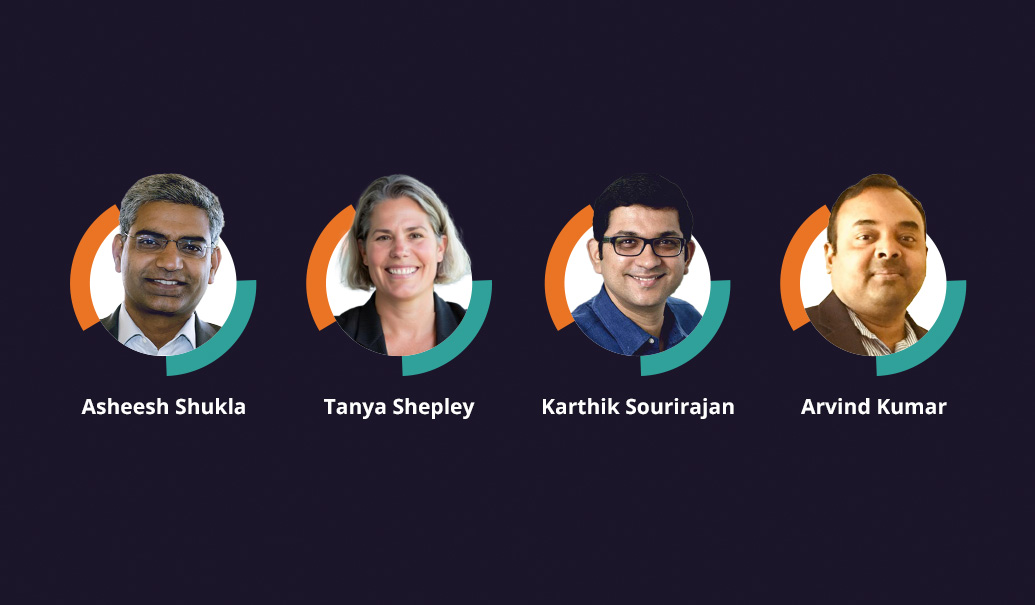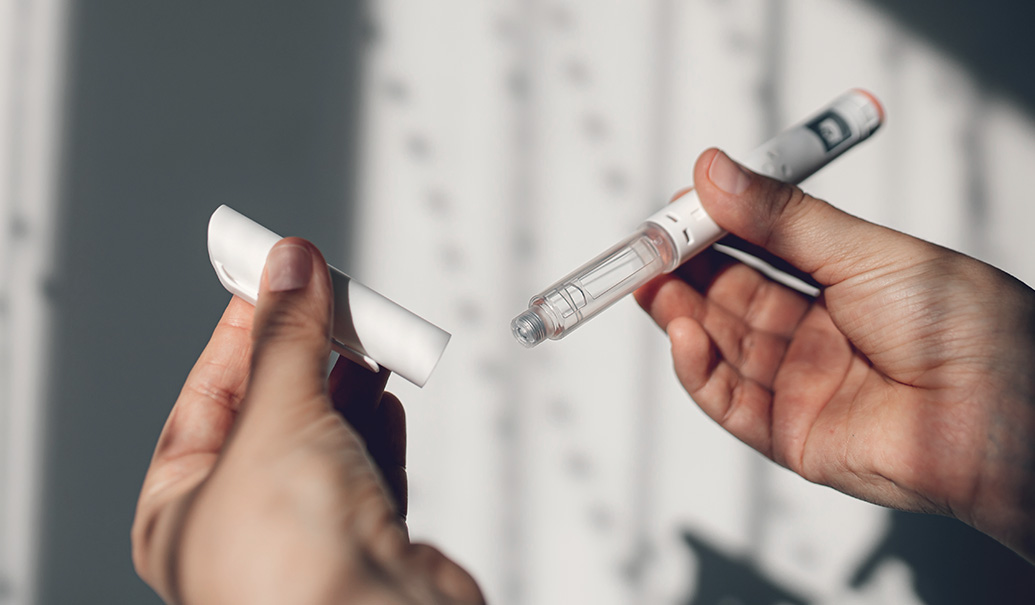When it comes to cutting-edge analytics initiatives, you’re probably more inclined to think of companies like Amazon and Netflix, which have become synonymous with the savvy use of analytics to gauge customer affinity and deliver recommendations. But pharma companies are—or could be—well equipped to leverage data and analytics to deliver an even better informed and better targeted customer experience.
Amazon, Netflix and their ilk have managed to generate great sales successes with little customer information. They infer customer preferences and proclivities from customers’ previous behaviors on their platforms. If you buy copy paper on Amazon, you’re likely to be served up recommendations for ink and toner cartridges. If you watch a couple of documentaries on Netflix, your “home page” on the platform will serve up more of the same. Sometimes these recommendations are spot on, but often they’re not—resulting in a less-than-ideal customer experience.
While pharma companies still have work to do to improve the customer experiences that they’re serving up, they’re well positioned to succeed because pharma historically has been a data-rich industry and companies can tap into an abundance of customer insights to fine-tune targeting and increase engagement.
So what’s stopping pharma from doing this? The industry faces a few hurdles, but now there are ways to overcome them.
“We know who our customers are and we know what prescriptions they write, but we don’t know what they like.”
Pharma companies now have access to the data and analytics required to get to know their customers’ needs and preferences, and to know how best to meet them. To accomplish this, pharma companies need to adopt a more disciplined approach to collecting data from internal channels and third-party vendors—demanding data at a very granular level, implementing better data-quality processes and investing in cloud-based enterprise data management capabilities. Many companies already have started down this path, but they often don’t leverage their customer insights capabilities other than to report out on metrics.
“Data completeness on customer affinity is very far from 100%, so how can we use the data?”
The pharma industry has been spoiled for a long time because it had close-to-complete prescription data, so it tends to judge all data by that standard. Companies like Amazon and Netflix didn’t have this luxury. Of all of the personal movie preferences that Netflix could have an estimate of, it reportedly has actual user input on only 1 to 2%, and this is where an AI algorithm can step in and extrapolate to the other 98%.
Meanwhile, pharma companies’ concrete customer data is 10 times better, with about 20% of customers’ content affinity choices and 80% of customers’ channel affinity choices. And good data science can extrapolate this with 80%-plus accuracy to the remaining. The whole point is that you need AI when the data is poor, not when it’s perfect. While Netflix’s use of AI might be making headlines, it’s out of necessity as much as it is out of opportunity.
“We’re used to getting our analytics as insights on PowerPoint slides. How do actions translate to customer experience?”
For the digital natives, value comes through a billion insights, each worth a few pennies. The new analytics has to be embedded in technology so that it can be executed for every interaction, every customer, every time. Progressive pharma marketing organizations have started piloting next best action programs that are based on near-real-time customer interaction data while leveraging customer affinities and optimal tactic sequences, which make healthcare professional engagement initiatives significantly more dynamic. In other words, while customer journeys are still designed to provide a long-range plan on how to engage the customer, the next best action approach provides customer engagement predictions, including the right customer, channel, content and cadence recommendations, more dynamically based on the most recent data.
“Much of our promotion is through humans: sales reps. This channel isn’t a machine that executes commands without question.”
While next best actions can be easily done by machine-to-machine execution, the approach needs to be adapted when recommendations are extended to pharma sales teams, a channel that dominates more than 60% of pharmaceutical marketing investment, according to ZS research. The recommendations (“suggestions” for the sales rep) in this case need to be consumable by humans so that sales reps can use them to enhance the quality of their customer interactions, should allow for human judgment in exercising them or not, and must facilitate feedback collection from sales reps to enable learning and optimization.
“Is this all worth it?”
ZS has observed an improvement in customer engagement rates between 15 to 25% and an increase in topline sales between 2 to 4% across pharmaceutical brands as a result of the successful implementation of next best action and field suggestion programs. And this is just the beginning. Based on the troves of data at many pharma organizations’ fingertips, Amazon and Netflix should get ready for a new contender vying for a spot among the analytics elite.
















